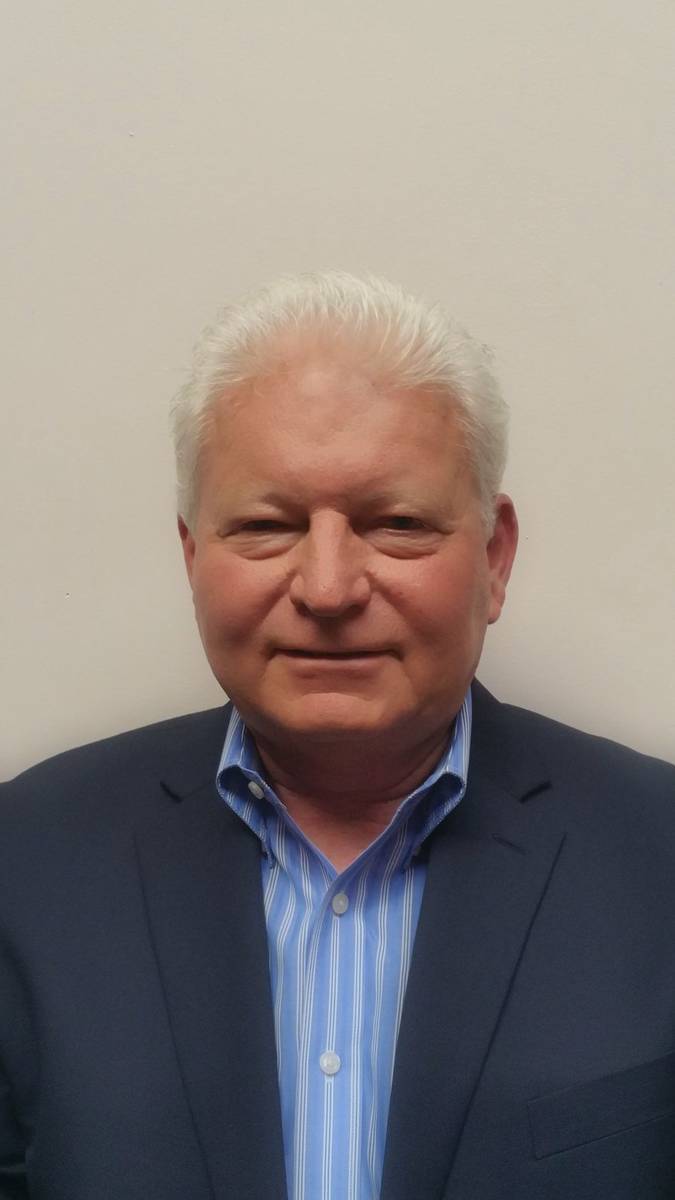COVID-19 and how residents are ignoring the self-quarantine
Some residents of Nevada ignore the call for voluntarily self-quarantining and social distancing. There are still a lot of people out in the community, and traffic on the roads is still substantial. If you make a quick trip to pick up essentials at the grocery store, you will see that stores are still being overrun by shoppers madly searching for the ever-elusive rolls of toilet paper and paper towels. Head into a big box hardware store to pick up repair parts, and shoppers fill the aisles who have no idea what social distancing means. Bored at home and seeking something productive to do, homeowners have decided to occupy their free time by tackling projects around the yard and house. Signs around the stores asking shoppers to maintain social distancing are largely ignored by many as they go about their business. Yes, you will see some residents wearing surgical face masks. You will also see some wearing homemade masks of cloth or windsocks pulled up and cover their face and nose. Some shoppers, as they navigate down crowded aisles, will move to keep at least six feet between them and other shoppers. Then there are those shoppers who crowd in on top of you as stand waiting to check out without any regard to the prominently places signs asking them to stay back at least six feet. For them and for others who are not heeding the request to stay at home and for social distancing, the COVID-19 virus is not a real threat.
As a country, we have dealt with shortages, rationing, and other hardships during depressions and war. The last war that affected every American’s everyday life was World War II. That war ended 75 years ago, and our parents, grandparents, or great-grandparents were children or young teens during that war. There have been other wars since that have come with a great cost to those brave Americans that served their country and to families who lost loved ones in those wars, but those wars didn’t have an impact on our daily routines that WWII had. We also have experienced gas shortages, economic depressions, and other crises that disrupted our normal lives and forced us to change how we conduct our daily business. In each case, there has been something tangible you could understand, and you were willing to make a short-term change until the crisis passed.
This time it is different. It is something you can’t see, feel, or touch. It has a laboratory name, COVID-19, which makes it sound like something made in a test-tube. It isn’t alive as we think of it since a virus is a microscopic piece of genetic material surrounded by a coat made of proteins. It has to attach itself to a living cell to replicate. You kill it with soap that destroys the fatty layer protecting it but is highly contagious through droplets emitted by someone infected. Someone can be infected for days before they have any signs of being ill; in the meantime, they are transmitting it to everything and everyone they contact.
The flu is far more common, but perhaps not for long. The U.S. Centers for Disease Control and Prevention (CDC) has estimated 29 million influenzas (flu) cases have reached the U.S. in the 2019-2020 season. The CDC also indicates that mortality related to pneumonia and influenza has been low during this respiratory virus season. So far, there have been 16,000 flu-related deaths documented during the U.S. influenza season. Compare that to the latest COVID-19 statistics of 189,886 Americans infected and 4,100 deaths, and you can see why some are still skeptical of the magnitude of the pandemic. But the worst is yet to come. The current U.S. death toll appears to be a tiny fraction of what the nation faces over the next few weeks, public health officials say. They estimate 100,000 to 240,000 Americans could die this year because of the coronavirus. If those numbers come true, it makes COVID-19 potentially 15 times deadlier than the flu.
This crisis will have to touch people personally before they change their behavior. They will need to know someone that has the virus before they think of it as something tangible that can kill them. As of the writing of this column, there are three confirmed cases of COVID-19 in Nye County, two in Pahrump, and one in Amargosa. There are probably far more, but there has been little testing for the virus here. As more testing is done, and more cases documented, it might become more real for those residents who have chosen to ignore how they conduct their social behavior. A significant portion of our population fits the most vulnerable demographic for COVID-19 deaths; over age 65 with underlying health issues such as diabetes, lung impairment, and cancer. This virus can kill you. Until the tests are widely available, we must assume that there are residents that are infected who are interacting with us in the store. Perhaps the person crowding your elbow as you try to check out at the grocery store or reaching in front of you to grab flowers for their yard. Until then, stay home or at least limit social contact. Your life may depend on it.
Tim Burke is a businessman, philanthropist, educator and Pahrump resident. Contact him at timstakenv@gmail.com

















